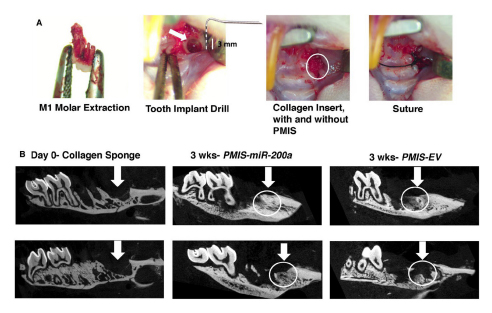1) Studying the expression and regulation of transcription factor genes and signaling processes involved in craniofacial/tooth development
We work on the hierarchical interactions of homeodomain, T-box, forkhead domain and Lim domain transcription factors in craniofacial/tooth development. These transcription factors interact separately or in concert together or with other factors to regulate gene expression in a temporal and spatial mechanism. The function and interaction of these factors plays a major role in the timing and development of teeth and craniofacial tissues.
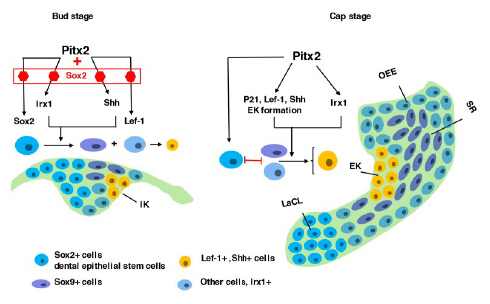
The genes encoding for Pitx2 and Irx1 all transcription factors that affect developmental processes and tooth development. To better understand the interaction of these genes and their gene regulatory networks, we recent performed single nuclei RNA sequencing to study tooth and heart development.
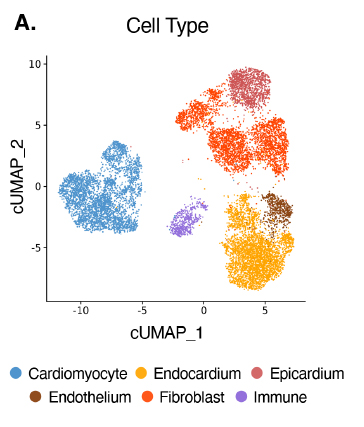
2) The molecular basis of selected human genetic disorders
We are using mouse models to help understand the genes involved in many human genetic disorders. A couple examples are Axenfeld-Rieger syndrome (ARS), where mutations in the transcription factor Pitx2 have been associated with ARS, and DiGeorge syndrome (DGS), associated with Tbx1 mutations, and Wolf–Hirschhorn syndrome (WHS), associated with mutations in Whsc1. We continue to work with collaborators to find new genes involved in disease.
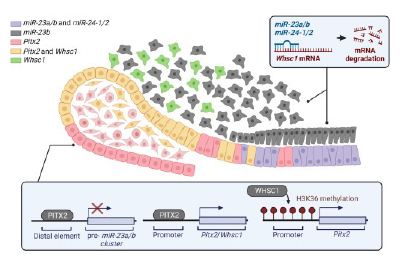
3) The role of stem cells and microRNAs in regulating craniofacial and regenerative medicine.
We are currently using microRNAs (miRs) to control stem cell development and to regenerate tissues. We have begun to demonstrate a hierarchy of dental epithelial expressed transcription factors in regulating gene expression networks required for tooth morphogenesis. Dental miRs control stemness properties of the dental progenitors cells and we have identified several novel miR transcription factor targets. These targets also function in many other developmental processes. We are using miRs to program embryonic stem cells and reprogrammed dental progenitor cells.
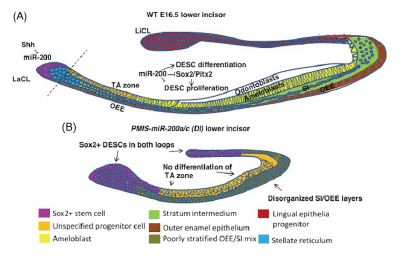
We have been utilizing a one of a kind miRNA inhibitor system (Pmis) in vivo and invitro to study the role of miRNAs in craniofacial and cardiac development and have found that this system can be a therapeutic for the growth of new bone in critical sized defects.
